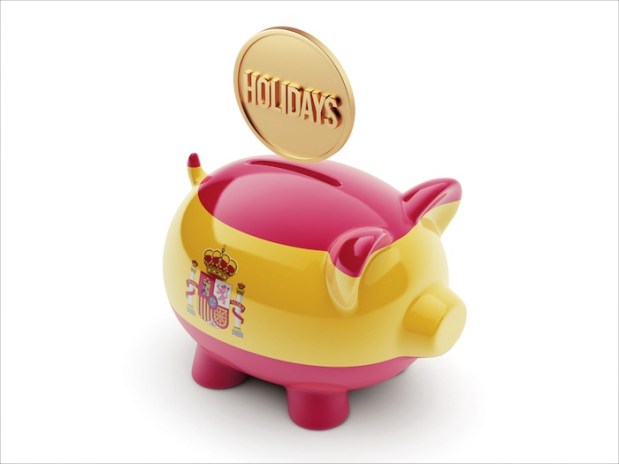Are Check Cashers Really All That Bad?

A New York urban policy professor took jobs at two check cashing centers on opposite coasts—one in Berkeley, one in the South Bronx—and ended up with a hugely different perspective on the need for cash cashers and, more to the point, how banks have gotten too expensive for many consumers.
In an opinion column in The New York Times, Lisa Servon wrote about her experiences with check cashing customers and how their approach to saving is responsible—although not optimal—and that a realistic assessment of the costs of banks versus check-cashing shows that check-cashing for make much more sense.
“After years of debate about the ‘unbanked,’ it’s time for policy makers to rethink the issue. The problem is not that people are unbanked, but that banks are becoming too prohibitively expensive for people to use them,” Servon said. “The Financial Clinic, a financial coaching nonprofit with 15,000 clients, once listed ‘lower use of alternative financial services/increased use of banks’ as one of its success measures. Not anymore.”
The rationale of that government policy has been that check-cashing services and prepaid cards—where customers are charged for both loading money into the card as well as paying for something—are much more costly than having a traditional bank account. But as free checking accounts have become rare and charges for low balances have become common, government officials may have distorted view of what banking is like for those with low incomes.
“A professor I interviewed as part of my research told me what happened when he took his daughter to open a savings account: ‘We put in $50 and I had the idea that we would go to the bank every month and make a deposit. We would watch the money grow along with interest.’ His plan didn’t pan out,” Servon wrote. “‘The next month we went back to make the next deposit and, lo and behold, there was only $45 in the account. Turned out that the bank was charging for low balances. End of lesson.’ He got the bank to return the $5 and closed her account — and his own.”
The need for many of these customers to have bank accounts is critical, though. “It’s difficult to build a credit score if you don’t have a bank account and credit card and credit scores now affect one’s ability to rent an apartment or get a job. Saving informally is riskier than saving in a bank,” she said, but stressed that bank reform is needed.
“The average monthly service fee on checking accounts increased 25 percent in one year alone, from 2010 to 2011. Only 39 percent of noninterest-bearing checking accounts were free in 2011, down from 76 percent in 2009. And the average overdraft fee is now $32.74,” she said. “My customers were among the nearly half of hardworking Americans who live from paycheck to paycheck and who can’t come up with $2,000 in the event of an emergency.”
Then there’s the issue of savings plans and saving for those emergencies and retirement and anything else. While government and banking officials often sees savings accounts as the most efficient way to save, some of Servon’s customers had their own ideas.
“When I asked customers at Check Center and RiteCheck how they saved money, one interesting alternative I heard about, particularly from Latino immigrants, was rotating savings and credit associations — informal groups that community members start themselves. These consist of 10 to 15 people who each contribute the same amount of money every week to a pool; one member gets the entire pot each week. One young man from Mexico told me he had a Chase account, but preferred to save in a group organized by the mother of a friend with whom he plays soccer,” she wrote. “The Mission Asset Fund, a nonprofit, formalizes these rotating savings associations so that participants can build their credit scores and save safely. Six percent of the United States population over the age of 15 saved in informal lending groups in 2011. Why aren’t these practices on the radar of policy makers?”
